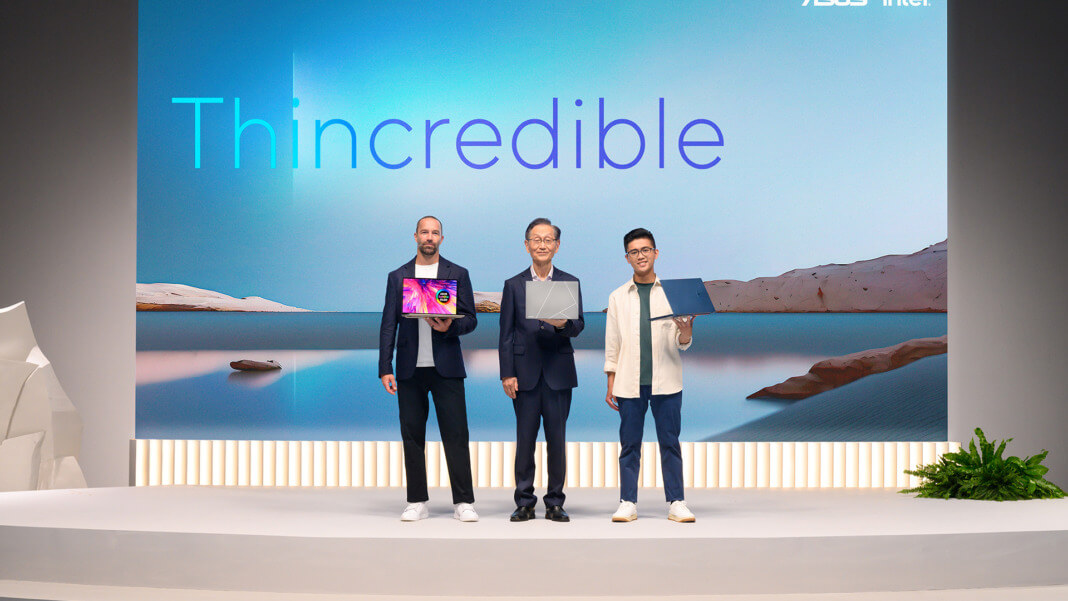In the fast-paced world of digital marketing, businesses are constantly seeking innovative ways to improve customer experience and engagement. Chatbots, powered by Artificial Intelligence (AI), has emerged as an indispensable tool for marketers looking to create personalised, responsive, and efficient customer interactions.
As chatbot technology advances, it’s becoming increasingly essential for businesses to adopt these AI-driven conversational agents. By the end of 2021, it was estimated that 85% of customer interactions would be handled without human intervention, mainly driven by chatbots. To stay ahead of the competition, it’s time for marketers to embrace the capabilities of chatbots and learn how to make the most of this transformative technology.
Understanding chatbots and their role in marketing
What are chatbots?
Chatbots are AI-driven software applications that simulate human-like conversations through text or voice interactions. These digital assistants can process user inputs, understand their intent, and generate appropriate responses based on pre-programmed rules or machine learning algorithms.
Why do chatbots matter in marketing?
- Enhanced customer experience: Chatbots provide instant support, answering customer queries around the clock and eliminating the need for waiting in line or being transferred between departments.
- Lead generation and qualification: Chatbots can gather essential information from prospects, segmenting them based on their interests and needs, thus allowing marketers to target their campaigns more effectively.
- Personalised marketing: Chatbots can recommend products and services based on individual user preferences, creating a highly personalised shopping experience.
- Cost-efficiency: Chatbots can significantly reduce the need for human customer service agents, helping businesses save on labour costs while maintaining high-quality support.
Implementing chatbots for effective marketing
Choose the right chatbot platform – Numerous chatbot platforms are available, each with unique features and capabilities. Some popular options include Dialogflow, Botpress, and MobileMonkey. When selecting a platform, consider factors such as ease of use, scalability, integration options, and pricing.
Define your chatbot’s purpose – Identify the goals of your chatbot, such as resolving customer queries, providing product recommendations, or booking appointments. This will help you determine your chatbot design’s necessary features and functionalities.
Design a conversational flow: Craft a conversational flow that guides users through the interaction, keeping their objectives in mind. Use natural language, be concise, and anticipate possible user inputs to create a smooth, engaging conversation.
Integrate your chatbot with existing tools: Ensure seamless integration with your existing marketing tools, such as CRM systems, email marketing platforms, and social media management software. This will enable better tracking, data analysis, and overall marketing efficiency.
Monitor and optimise performance: Regularly review your chatbot’s performance using analytics and user feedback. Then, make adjustments to improve its effectiveness and ensure it aligns with your marketing goals.
Optimising chatbot interaction with Natural Language Processing

One of the essential aspects of creating an effective chatbot is ensuring that it can understand and process natural language inputs from users. This is where Natural Language Processing (NLP) comes into play. NLP allows chatbots to parse user input, identify the intent behind it, and generate appropriate responses.
To optimise your chatbot’s NLP capabilities, consider the following:
- Train your chatbot with diverse phrases and inputs that users may use to express their intent. This will help the chatbot understand and respond to user queries more effectively.
- Regularly update your chatbot’s NLP model with new data to improve its understanding of user input and refine its responses over time.
- Use sentiment analysis to gauge the user’s emotions during the conversation, allowing the chatbot to adapt its responses accordingly.
- Integrate your chatbot with third-party NLP services such as Google Cloud Natural Language, IBM Watson, or Amazon Comprehend for enhanced language processing capabilities.
Creating a multichannel chatbot marketing strategy
As we’ve explored in this guide, chatbots have the potential to revolutionise your marketing strategy, offering unparalleled customer support, personalisation, and cost-efficiency. By embracing this cutting-edge technology, you can stay ahead of the competition and ensure your business thrives in the digital age.
To maximise the impact of chatbots in your marketing strategy, it’s essential to ensure they are accessible across multiple channels. This lets you engage customers on their preferred platforms and create a seamless experience.
Consider integrating your chatbot with the following channels:
- Website: Incorporate a chatbot widget to provide instant customer support and engage visitors as they browse your site.
- Social media: Deploy your chatbot on popular social media platforms such as Facebook Messenger, WhatsApp, and Instagram to interact with customers where they spend most of their time.
- Messaging apps: Integrate your chatbot with messaging apps like Slack or Microsoft Teams to facilitate communication and collaboration within your organisation.
- Voice assistants: Adapt your chatbot for voice interactions and make it compatible with smart speakers like Amazon Alexa or Google Assistant.
Measuring chatbot performance and ROI
To assess the effectiveness of your chatbot marketing strategy, it’s crucial to track performance metrics and measure the return on investment (ROI). Some key metrics to monitor include:
- Engagement rate: The number of interactions users have with your chatbot. This can help you determine your chatbot’s overall interest and effectiveness in engaging customers.
- Conversion rate: The percentage of users who complete a desired action, such as purchasing or subscribing to a newsletter, after interacting with your chatbot.
- Customer satisfaction score (CSAT): A measure of users’ satisfaction with their chatbot experience. This can be obtained through post-interaction surveys or by analysing feedback collected by the chatbot.
- Cost savings: The reduction in customer support costs achieved through chatbot implementation. This can be calculated by comparing the cost of human agents with the expense of deploying and maintaining the chatbot.
By monitoring these metrics and continuously optimising your chatbot strategy, you can ensure that your investment in chatbot technology delivers tangible results for your business.
In summary, the world of chatbots offers endless possibilities for marketers seeking to create more engaging, personalised, and efficient customer interactions. By understanding the various applications of chatbots, implementing them effectively, and continuously refining your approach, you can harness the power of this cutting-edge technology to drive your marketing success and ensure your business remains competitive in the digital age. So don’t wait – start exploring the potential of chatbots for your marketing strategy today.





